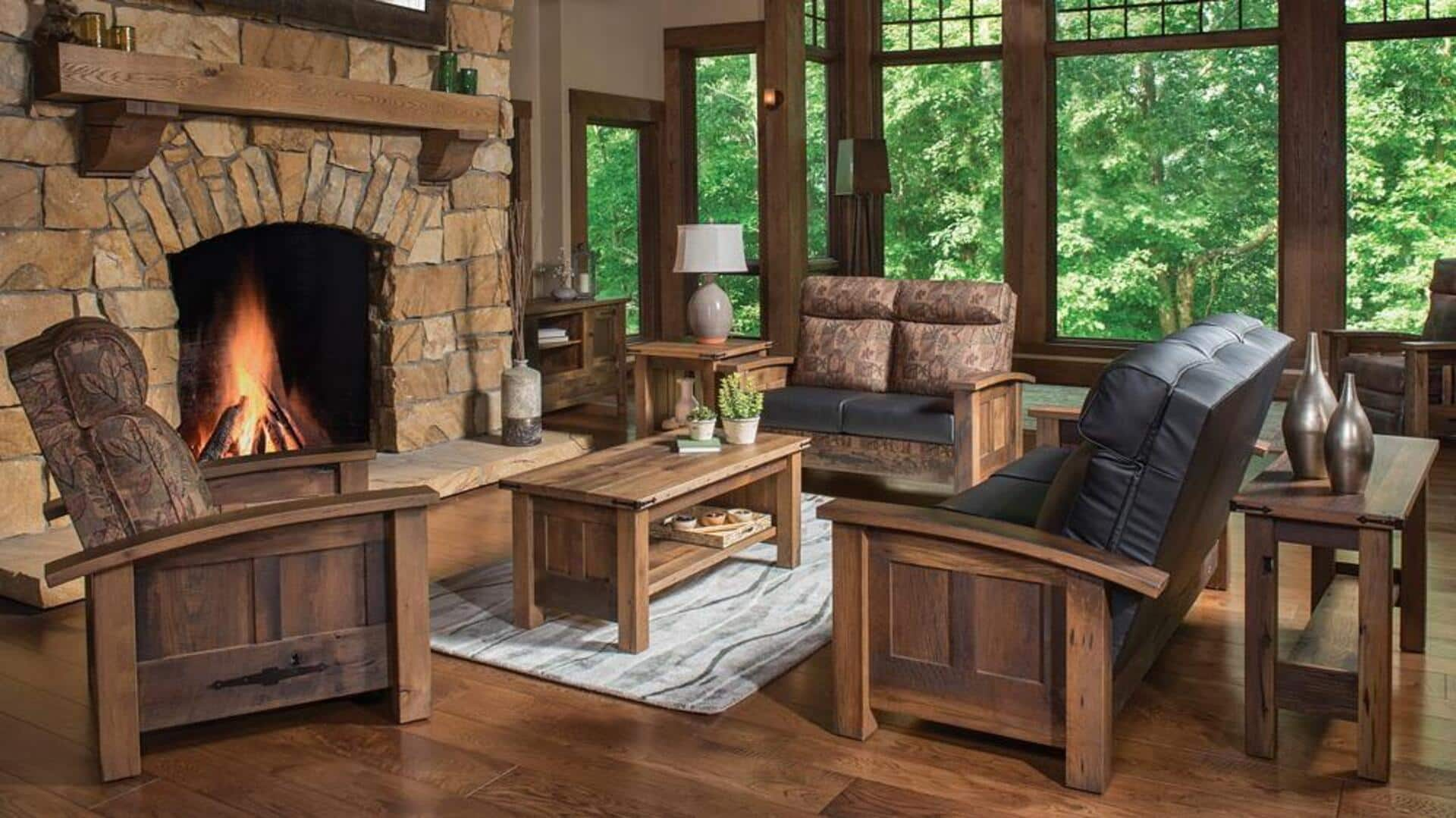Achieving Visual Balance
Creating a balanced coffee table arrangement is key to a visually appealing space. Start by considering the shape and size of your table. For rectangular
tables, aim for a symmetrical design or an asymmetrical approach that still feels balanced. This means arranging objects of similar visual weight on each side. For round tables, a central focal point works well, surrounded by smaller items. Think about using the 'rule of thirds' – dividing your table mentally into thirds, both horizontally and vertically, and placing key items at the intersection points to guide the eye. This creates a natural flow. Avoid overcrowding the table, which can make the space feel cluttered; less is often more. Varying the heights of the objects adds depth and prevents the table from looking flat. Finally, consider the colors and textures of the items. Use a cohesive palette to keep the table from feeling disjointed. The goal is to create a harmonious and visually pleasing composition.
Adding Greenery and Life
Incorporating greenery instantly revitalizes a coffee table setup, adding a touch of nature and freshness. Choose plants that suit your lifestyle and the lighting conditions of your living room. Low-maintenance options like succulents, air plants, or small cacti are ideal if you lack a green thumb. For those who prefer a no-fuss approach, realistic faux plants offer a similar aesthetic without the upkeep. Consider the size of the plant in relation to the table. A small succulent or a compact arrangement is suitable for a smaller table, while a slightly larger plant can balance a bigger one. Another option is to create a small vignette with a collection of different plants, varying sizes and textures. Ensure the pots or containers complement your overall decor style, whether it's modern, bohemian, or classic. Greenery adds life, helps to soften the overall look, and can serve as a conversation starter, making your coffee table inviting and stylish.
Textural Layering & Depth
Introduce a variety of textures to your coffee table arrangement to create visual interest and depth. This involves mixing different materials and finishes. A wooden tray, for instance, can provide a solid base, while a soft, textured throw blanket folded nearby can add warmth. Experiment with different elements like metallic accents (brass, copper), woven baskets, or even a stack of books with varied covers. These diverse textures will enhance the tactile appeal of the table and make it more intriguing. Combine smooth and rough surfaces to create contrast. Placing a smooth ceramic vase alongside a textured woven coaster or a piece of rough-hewn wood adds a sense of depth. Think about the fabrics you introduce – a velvet cushion can add a touch of luxury, while a linen runner brings a casual elegance. Carefully chosen textural layers will make your coffee table appear more sophisticated, drawing the eye and enriching the aesthetic experience of your living space.
Selecting Complementary Decor
The decor items you choose should reflect your personal style and complement the overall design of your living room. Consider your color scheme, and select decor that either harmonizes with it or offers an interesting contrast. Think about including items that serve a purpose, such as a tray to corral remotes, a stylish box for coasters, or a beautiful bowl for keys. Candles or a diffuser can add a sense of ambiance, while books and magazines provide visual interest and a chance to showcase your interests. Avoid cluttering the table with too many items. Curate a selection of pieces that you truly love. The decor should tell a story about you and your life, so choose objects that have personal meaning. Rotate the decor from time to time to refresh the look and feel of the space, keeping it interesting and reflective of the current season or your mood. This thoughtful selection of decor transforms your coffee table from a simple surface into a captivating display of style.
Adapting for Functionality
While aesthetics are important, the coffee table should also be functional. It's a place where you might set down a drink, rest your feet, or work on your laptop. Incorporate elements that cater to everyday needs, such as coasters to protect the surface from water rings, a tray to hold remotes, or storage boxes to keep items out of sight but within reach. If you often eat or work on the table, consider using a larger tray to define the eating or work area, making the space feel organized. Select pieces that are easy to clean and maintain. Items that are both beautiful and practical are ideal. Make sure there's enough free space so the table doesn't feel overcrowded. Leave room for everyday activities such as setting down beverages or displaying a book you’re reading. The balance between function and style ensures that your coffee table remains a welcoming and practical part of your home.






